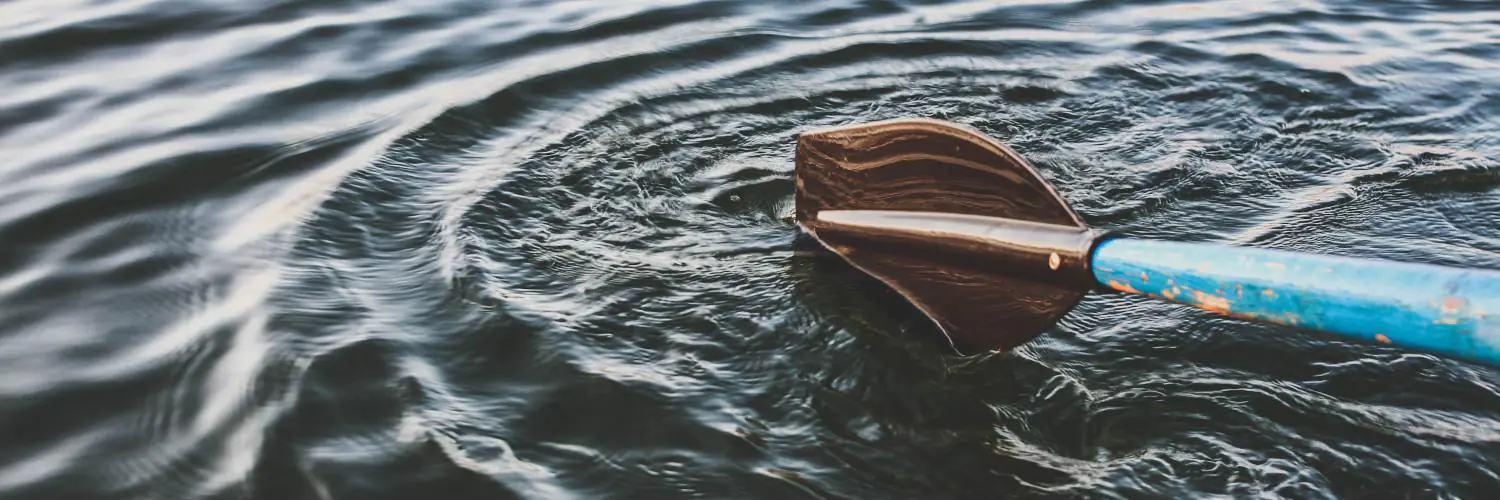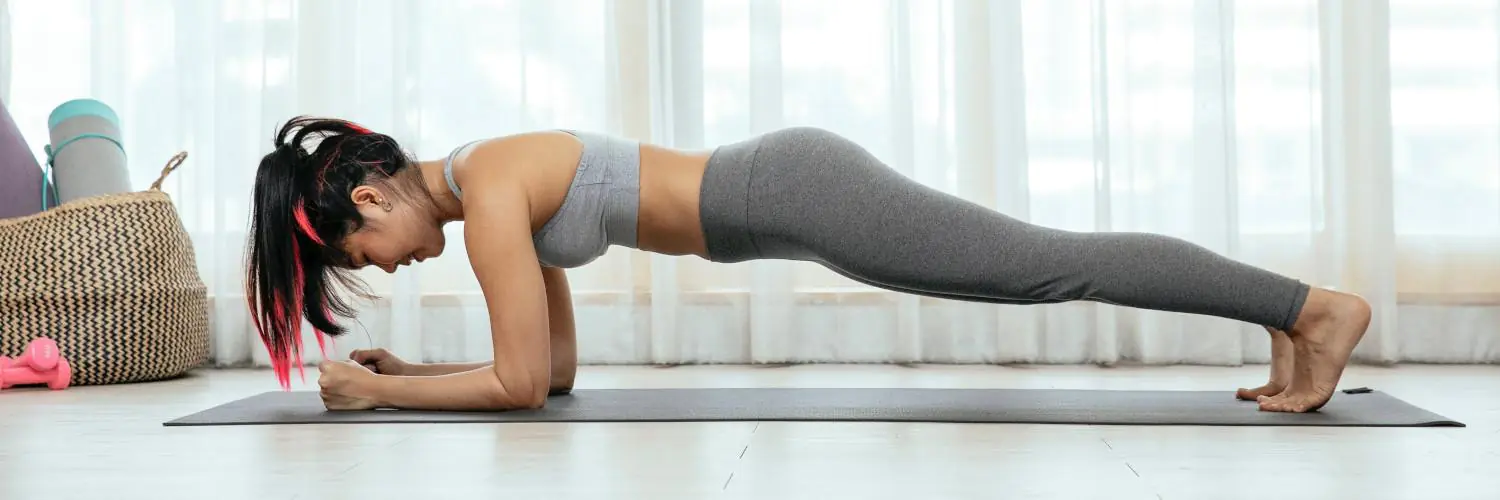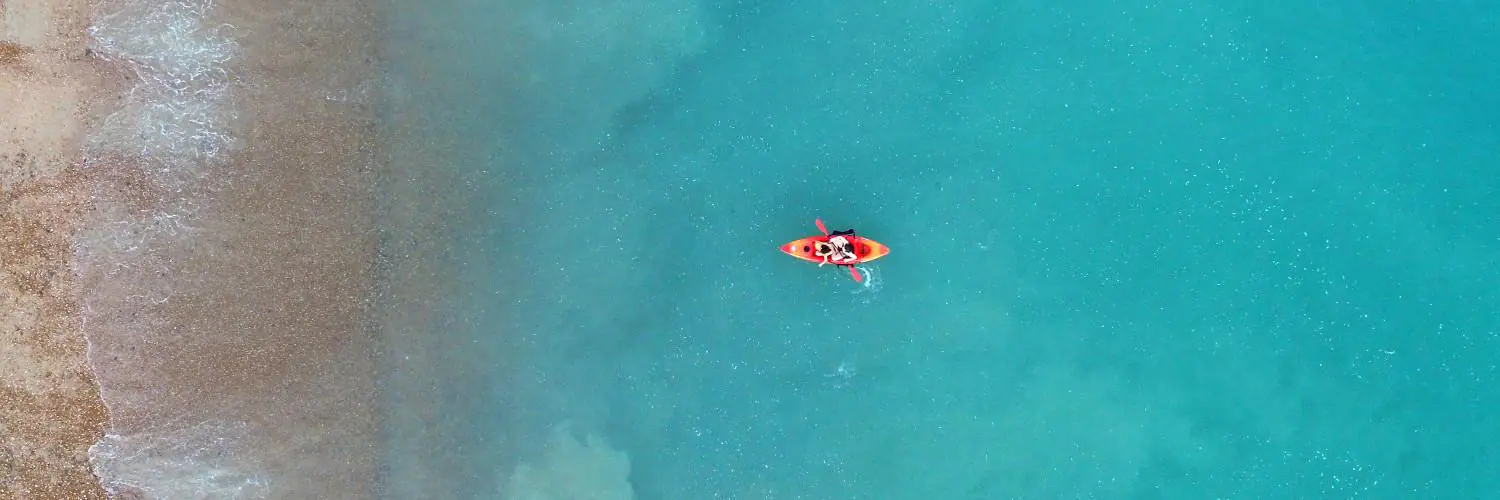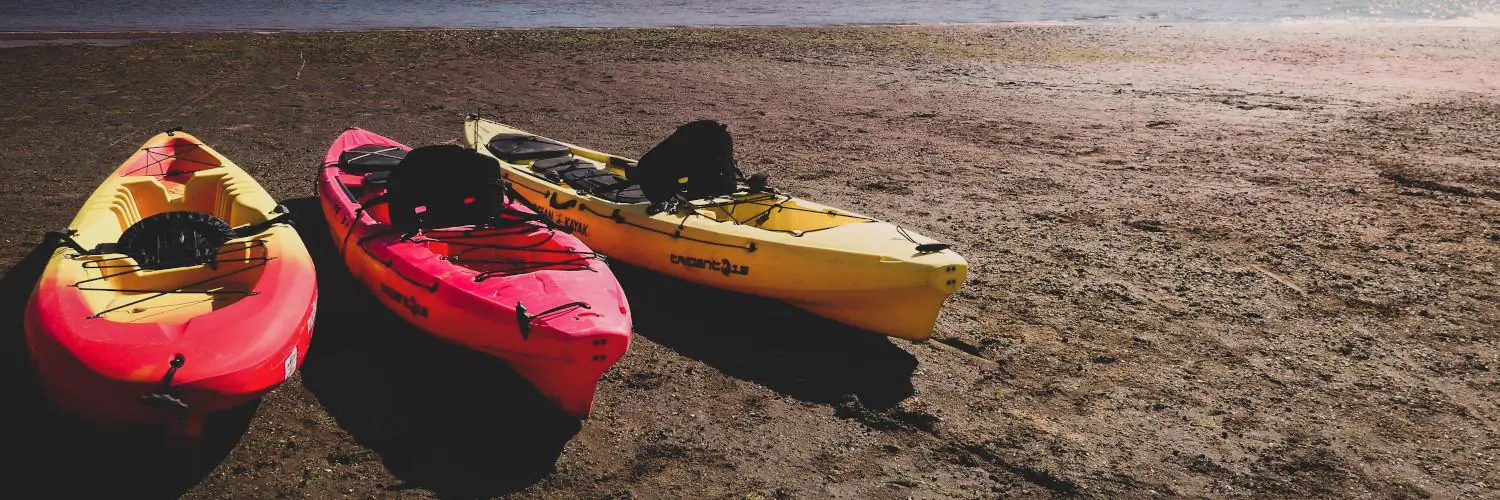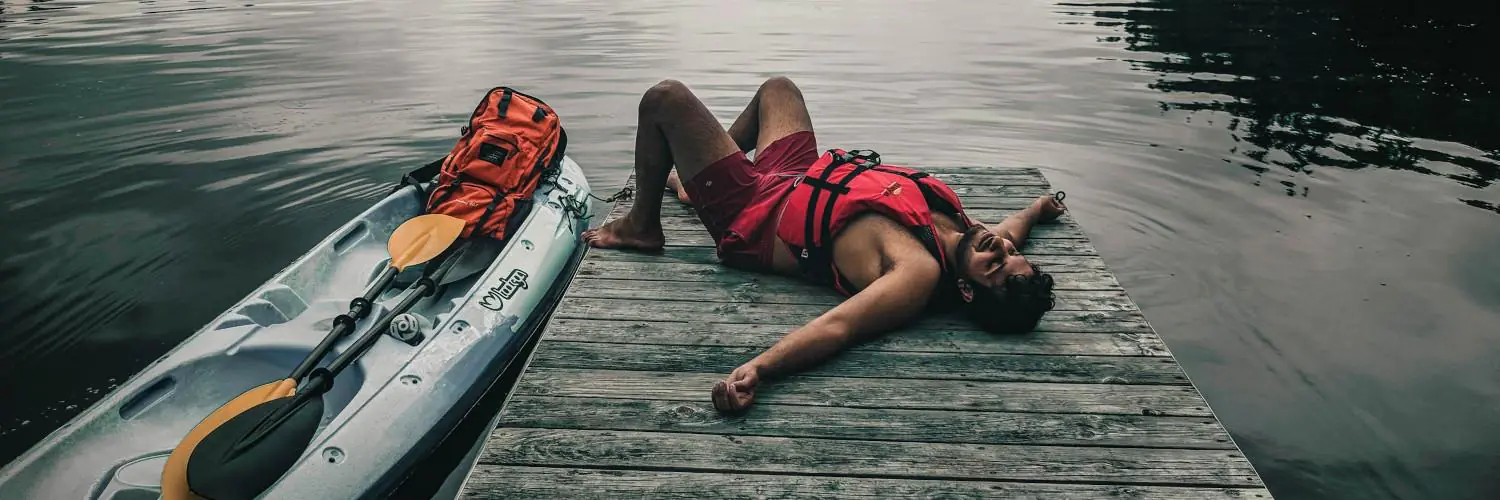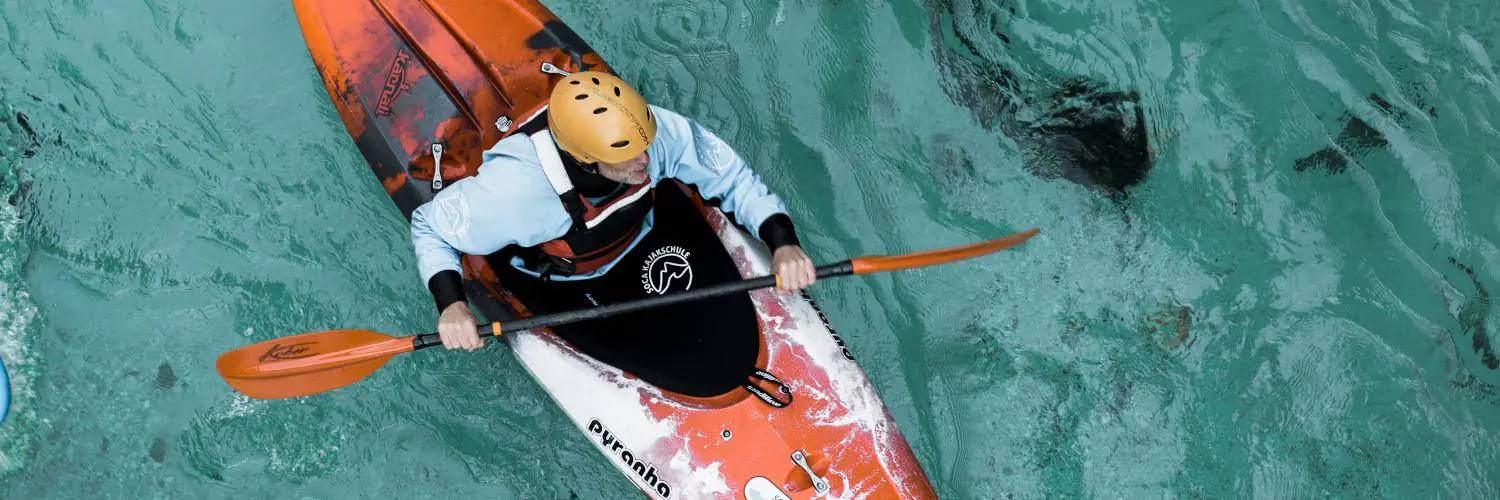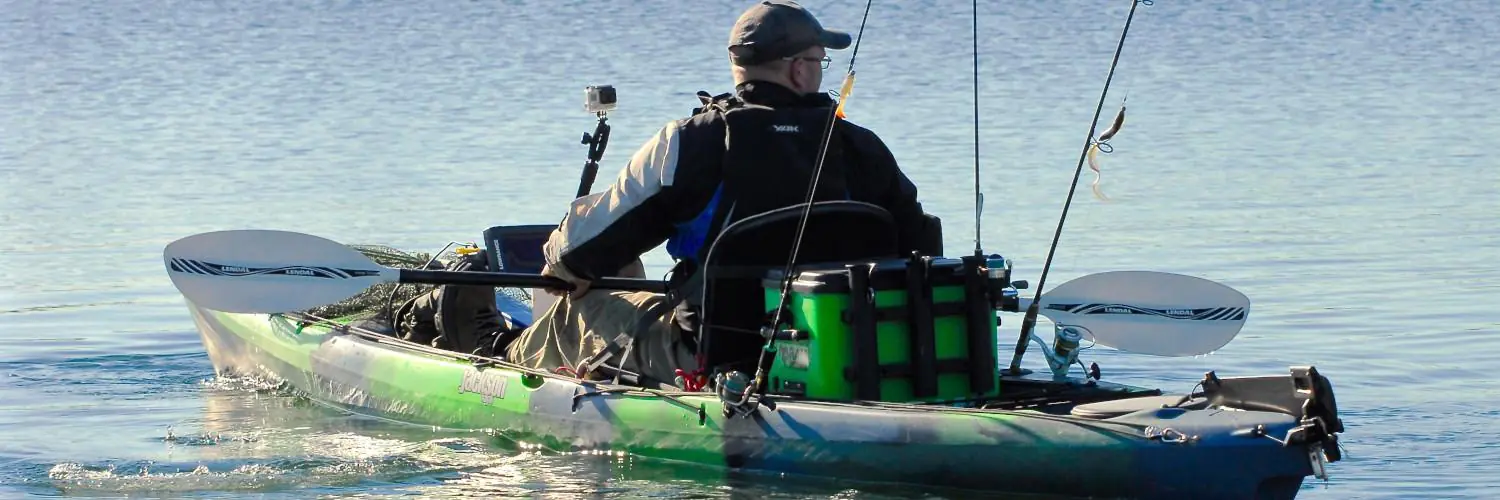Kayaking is a fun way to explore the outdoors, but the sport also needs strong muscles, good balance, and solid endurance. Many new paddlers are surprised to find that a simple kayak workout routine can quickly boost confidence and performance on the water. A well-planned kayak training program makes paddling easier, safer, and more enjoyable for everyone, whether they are beginners or experienced kayakers.
A good workout plan for kayaking often includes strength exercises, cardio, and stretches. Focusing on areas like the core, shoulders, and back helps paddlers move with more power and less risk of injury. Adding endurance sessions and practicing the right form can help anyone paddle longer while feeling less tired.
With simple routines that fit into almost any schedule, anyone can build up their paddling skills. These workouts offer real results and help make each kayaking trip a better experience.
Table of Contents
Essential Benefits of a Kayak Workout Routine
A consistent kayak workout routine develops total-body strength, boosts stamina, and improves flexibility. It also helps sharpen paddling technique and works many important muscle groups for better performance on the water.
Strength, Endurance, and Flexibility
Kayak workouts are well-known for building both muscle strength and endurance, as paddling uses repetitive upper body movements and sustained effort. Regular sessions increase arm and shoulder strength, with activities like resistance band exercises or bench presses recommended by experts.
Endurance grows as the athlete spends more time on the water or participates in cross-training activities like swimming or running. This improves heart and lung health, helping paddlers maintain speed and energy for longer trips.
Flexibility is key for safe movement, especially in the torso and shoulders. Stretching before and after kayaking can prevent injury and allow for smoother, more powerful strokes. Many kayakers include yoga or dynamic warm-ups to improve range of motion.
Paddling Performance and Technique
Training for kayaking does more than build muscle; it refines technique. Practicing good form, such as keeping the core engaged and wrists straight, helps prevent strain and increase paddling efficiency.
Strength training can further improve paddling by supporting stable, controlled strokes. Attention to balance and body position allows for more precise movement, reducing wasted energy and the risk of capsizing in rough water.
Skill drills, like interval paddling or simulated whitewater strokes in the gym, let kayakers practice in a safe space. These drills are important for mastering turns, stopping, and generating more force through each stroke.
Muscle Groups Targeted
Kayaking is a full-body activity and targets several major muscle groups at once. The primary muscles used include the latissimus dorsi (back), deltoids (shoulders), and biceps and triceps (arms). These muscles pull and push the paddle with each stroke.
The core muscles—especially the obliques and abdominals—are also heavily engaged to support rotation and maintain balance. Leg muscles, including the quadriceps and glutes, help stabilize the upper body and press against the footrests.
A table can help show which muscles work during paddling:
| Muscle Group | Main Role |
|---|---|
| Back (Lats) | Pulling the paddle |
| Shoulders (Delts) | Lifting/moving arms |
| Arms (Biceps/Triceps) | Pushing and pulling |
| Core (Abs/Obliques) | Stability and power |
| Legs (Quads/Glutes) | Support and balance |
Core Workout Essentials for Kayakers
Core muscles help kayakers keep good posture, stay balanced on the water, and have better control over their movements. Training for core strength and stability supports every paddle stroke and helps prevent injuries during kayaking.
Core Stability and Strength Exercises
Strong core muscles provide the foundation for balancing and moving efficiently in a kayak. Exercises like planks are very effective because they engage both the abdominal muscles and back muscles at the same time.
Kayakers can benefit from regularly practicing exercises such as:
| Exercise | Focus Area | How To Perform |
|---|---|---|
| Plank | Abs & Back | Hold a straight-body position |
| Side Plank | Obliques & Hips | Hold on one side, switch |
| Bicycle Crunches | Abs, Obliques | Alternate elbow to knee |
These movements increase core stability, endurance, and support proper posture. Keeping the core strong makes long periods of paddling easier.
Torso Rotation and Control
Efficient kayak strokes depend on strong and flexible torso rotation. Rotational exercises like Russian twists help develop the muscles responsible for turning and keeping control of the kayak.
Russian twists can be performed by sitting on the floor, leaning back slightly, and twisting the torso from side to side while holding a weight or medicine ball. This movement targets the oblique muscles, which are key for rotating the upper body.
Oblique twists and controlled torso rotations improve a kayaker’s ability to make sharp turns and maintain balance. Strengthening these muscles also helps with stability in choppy water and supports injury prevention.
Core Muscle Activation
Proper activation of core muscles is important before and during kayaking. Simple drills, like activating the abdominal muscles through bracing (tightening the core as if preparing for a punch), can prepare the body.
It is helpful to practice engaging the abs, obliques, and lower back during warmups. This habit supports better posture and keeps control centered in the body.
Regular activation ensures the core muscles are used in every paddle stroke, instead of relying too much on the arms or shoulders. Doing focused core warmups can help kayakers paddle longer and with greater control.
Upper and Lower Body Training Strategies
Training for kayaking means working on both upper and lower body muscles. A balanced workout routine should focus on paddling power, leg stability, and strong grip, so that all parts work together efficiently on the water.
Upper Body Strength for Paddling
Upper body strength is crucial for powerful and controlled paddling. Paddlers use their shoulders, back, and arms in every stroke. Exercises like pull-ups and lat pulldowns build the latissimus dorsi and improve pulling strength.
Push-ups target the pectoral muscles, triceps, and shoulders. Adding rows, such as single arm bent over rows or cable rows, trains the upper back and helps keep posture strong during long sessions.
It’s helpful to combine 2-3 of these exercises in each session. Paddlers should use enough resistance to challenge their muscles but keep form strict. Aim for at least 2 days per week of upper body strength work.
| Exercise | Muscles Targeted |
|---|---|
| Pull-Ups | Lats, biceps, shoulders |
| Push-Ups | Chest, triceps, shoulders |
| Seated/Cable Rows | Upper back, arms |
| Lat Pulldowns | Lats, shoulders |
Key Lower Body Exercises
Lower body muscles support the core, help turn the kayak, and give stability when paddling in rough water. Training the legs, glutes, hamstrings, and quads is important for balance and injury prevention.
Squats and goblet squats are staples, activating the quads, glutes, and hamstrings. Lunges build leg endurance, while deadlifts strengthen both legs and hips for solid power transfer.
Focus on form and control. Kayakers should do 2-3 sets of 8-12 reps for each movement, 1-2 times per week. Hip flexors and calf muscles can be added with calf raises or hip bridges to improve mobility.
Recommended Lower Body Workout:
- Bodyweight or Goblet Squats
- Forward and Reverse Lunges
- Deadlifts
Full-Body Movements
Paddling is a full-body activity, so compound movements help train coordination and total-body power. Exercises like medicine ball slams and standing cable rotations mimic kayak strokes.
Planks and Russian twists challenge both the core and the shoulders, making them valuable for trunk rotation and stability. Kettlebell swings work the hips, glutes, back, and arms all at once.
Including full-body circuits once per week helps build functional strength. Proper technique is crucial to avoid injury and maximize results.
Sample Full-Body Circuit:
- Medicine Ball Slams – 3 sets, 10 reps
- Kettlebell Swings – 3 sets, 15 reps
- Russian Twists – 3 sets, 20 reps
- Plank Holds – 3 sets, 30 seconds
Grip and Wrist Strength
Holding a paddle for long periods requires strong grip and wrist endurance. Paddlers should train the forearms with exercises like farmer’s walks and wrist curls.
Squeezing a tennis ball or using grip trainers can be done at home to improve strength. Reverse curls target wrist extensors, which keeps balance in the forearms and helps prevent overuse injuries.
Aim to train grip 2-3 times per week, using light weights with high repetitions for endurance. Maintaining flexibility in the wrists is important, so finish every session with stretching. This keeps wrists and hands healthy for paddling.
Optimizing Kayak Performance Through Functional Training
Functional training for kayaking targets the muscles and skills used most on the water. Focusing on balance, mobility, and technique helps paddlers improve control, strength, and movement efficiency.
Balance and Stability Drills
Balance and stability form the foundation of good kayak performance. Paddlers rely on their core to stay upright and react to moving water. Training for balance involves exercises that engage abdominal muscles, lower back, and hips.
Some effective drills include:
- Standing Single-Leg Balance on a BOSU ball
- Kettlebell Deadlifts
- Plank with Alternating Arm/Leg Lift
- Paddle Twists while Seated
Practicing these moves helps the body learn to react quickly and stay steady in shifting environments. Adding instability, like using a balance board, makes training more kayak-specific. Improved stability lowers the risk of tipping and helps with bracing and sharp turns.
Dynamic and Mobility Exercises
Mobility is essential for paddling power and injury prevention. Dynamic stretches and mobility exercises loosen tight joints, especially the shoulders, back, and hips.
Key mobility exercises include:
- Torso Rotations (standing with a paddle to mimic kayaking)
- Lunges with Torso Twist
- Arm Circles and Shoulder Rolls
- Cat-Cow Stretch for the spine
Dynamic stretching before kayaking improves blood flow and flexibility needed for long sessions. These exercises help paddlers reach further, perform stronger paddle strokes, and move smoothly during bracing or rapid direction changes. Good mobility also reduces shoulder strain and supports safe, efficient movement.
Bracing and Turning Techniques
Bracing techniques help paddlers stay upright when faced with waves or sudden shifts. This skill relies on both strength and correct movement. Practicing low and high brace drills, both in and out of the water, trains reaction time and engages stabilizing muscles.
Turning techniques, like sweep strokes and draw strokes, are critical for navigating quickly. Land-based training can include:
- Resistance band paddle simulations to mimic bracing forces
- Medicine ball twists for rotational strength
- Step-back lunges to practice weight shifting
Bracing and turning practice improves on-water confidence and reduces fatigue during long trips. Good technique combines physical strength with muscle memory, keeping movements effective and safe.
Cardio and Endurance for Kayak Athletes
Paddling for long periods requires a strong heart and lungs, as well as muscles that can work without tiring quickly. A focused approach to aerobic workouts, interval training, and recovery will help kayakers perform better on and off the water.
Aerobic and Cardio Workouts
Aerobic and cardio exercises increase cardiovascular health and make it easier to paddle longer distances. Running, cycling, swimming, and rowing are all helpful for building basic endurance needed for kayaking.
For best results, athletes should aim for at least 30 to 45 minutes of moderate activity three times a week. These sessions boost heart and lung function, giving the body more energy during long paddles.
Flatwater paddling sessions can also work as specific cardio workouts. Slow, steady paddling for extended periods teaches the body to use oxygen more efficiently and keeps muscles active without wearing them out too fast.
High-Intensity Interval Training (HIIT)
HIIT involves alternating between short bursts of intense activity and periods of rest or lighter exercise. This type of training is useful for improving both speed and endurance during kayaking.
A sample HIIT workout could involve sprint paddling for 30 seconds, then paddling slowly for one minute, and repeating this cycle for 20 to 30 minutes. HIIT raises the heart rate much faster than steady exercise but also pushes muscles to recover quickly.
HIIT training can be done on water or with land activities like sprints, cycling, or rowing. Kayak athletes often use HIIT a couple of times a week to improve how efficiently their bodies handle high demands.
Stamina and Recovery
Building stamina means gradually increasing how long and how hard someone can paddle without getting tired. This involves a mix of longer, lower-intensity cardio sessions and shorter, more intense bursts.
Proper recovery is equally important. It’s recommended to include rest days and active recovery like easy stretching or light walking. This gives muscles and the heart a chance to heal and grow stronger after each workout.
Cool-down routines should focus on lowering the heart rate and stretching major muscle groups. Good sleep, hydration, and balanced nutrition also speed up recovery and ensure stamina continues to improve over time.
Supporting Factors for a Sustainable Routine
Building a sustainable kayak workout routine means going beyond just paddling. Paddlers should focus on different types of training, take care of their bodies, and pay attention to physical and mental needs.
Cross-Training and Strength Training for Kayaking
Cross-training is important because it helps kayakers work on different muscle groups. Activities like swimming, cycling, or running can boost overall fitness and reduce the risk of overuse injuries. Mixing in these activities keeps exercise interesting and helps build stamina.
Strength training exercises are also key. Movements such as pull-ups, push-ups, rows, and squats help build muscular strength and muscular endurance that support good paddling form. Focusing on the core, shoulders, and back will improve stroke power and stability in the kayak.
A well-rounded exercise plan should include 2–3 days of strength training per week. Writing out a kayak training program and tracking sets and reps can help with progress. Working with a personal trainer can also make sure technique is right and workouts are safe.
Injury Prevention and Mobility
Injury prevention should always be part of kayak training. Paddlers are at risk for shoulder, wrist, and back injuries due to repetitive movements. A few minutes of dynamic stretching as a warm-up can prepare the muscles and joints.
Mobility work is also important. Exercises that target flexibility, such as yoga or dedicated stretching routines, help improve range of motion. Foam rolling can reduce muscle tightness and help muscles recover after paddling.
Taking rest days and listening to the body can lower the risk of injury. If pain or soreness does not go away, it is better to rest or ask for help from a professional rather than push through.
Nutrition and Hydration
Proper nutrition and hydration make a big difference in performance and recovery for kayakers. Eating a balanced mix of carbohydrates, lean proteins, and healthy fats gives the body the fuel it needs for long paddling sessions and strength exercises. Timing meals to eat a snack or meal before and after workouts can also improve energy and recovery.
Staying hydrated is important, especially when paddling in the heat. Kayakers should bring water on every trip and drink before feeling thirsty. Tracking fluid intake and paying attention to signs like dark urine or headaches helps prevent dehydration.
A simple table for pre- and post-workout nutrition might look like this:
| Time | Snack Ideas |
|---|---|
| Pre-workout | Banana, yogurt, or granola bar |
| Post-workout | Chicken wrap, smoothie, or nuts |
Mental Resilience and Progress Tracking
Mental resilience helps kayakers stay motivated, even when training gets hard. Setting clear, realistic goals gives direction and purpose to each workout. Tracking progress with a journal or an app makes it easier to see improvements in strength, distance, or paddling technique.
It can help to break long-term goals into smaller steps, like adding more reps and sets in the gym, or paddling longer distances over time. If workouts feel stressful, simple techniques such as deep breathing or short, mindful breaks can help reduce anxiety.
Support from friends, group paddling sessions, or working with a coach can boost confidence. Staying positive and flexible makes it easier to stay on track with a kayak training program, even if things do not always go as planned.


